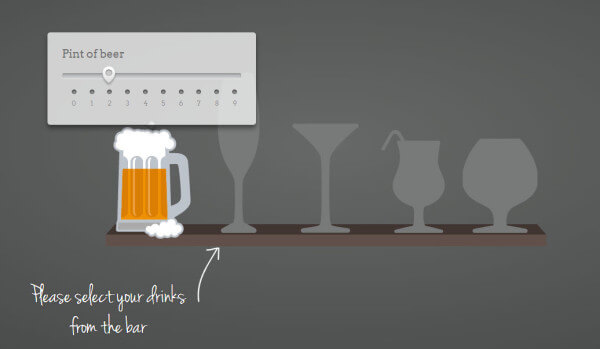Within the current search landscape, most search engine optimisation campaigns have become increasingly content-led. The majority of the campaigns that I work on revolve largely around the production and placement of
high quality content on top-tier sites.

This approach to search engine optimisation is more akin to a typical PR campaign than a traditional SEO campaign — and the former, in my opinion, is the way that most digital agencies should be positioning themselves.
Yes, I’m gonna say it: content marketing is the way forward.
Now that I’ve got that buzzword out of my system, we can move on.
Creating truly engaging, fun,
linkable content may not seem that daunting when you’re an exciting B2C company that has a quirky product behind it. Just look at the likes of Red Bull and
their Stratos project or Oreo’s
Daily Twist campaign. These were genius ideas that have already become iconic content marketing examples.
But it’s not always easy when you don’t have the kind of brand value or creative positioning that those companies have.
Around 90% of the companies that I work with operate within what you would typically classify as “boring” industries — I’m talking businesses that manufacture special valves to go within specific types of machinery.
There’s not the same kind of scope to do some of the more
exciting product-related marketing activities, and these businesses are often incredibly brand-conscious. Plus, proposing to drop a bloke from space doesn’t always fill my clients with confidence in our work, let alone our sanity!
There is a solution, though — and it’s something that we’ve been executing to great effect for a number of our clients.
Positioning Your Clients As Thought Leaders
One of the approaches from which we’ve seen fantastic results involves positioning our clients as thought leaders within their fields. This works really well within B2B industries, especially when their product/service is very niche.
The idea behind the thought leadership is to develop some key members of staff within the organisation as experts within their field and have them
featured across a number of top-tier publications (both online and offline), then use the reputation that we’ve built to bring in leads. This could be through search, social, offline or a number of other channels, but it all
stems around the content we create.
Here’s a typical approach:
- Identify key members within the organisation that we can run some thought leadership pieces around.
- Develop the message and story that we’re looking to position around the individual that falls in line with the values of the brand.
- Optimise their online presence to reflect the image that we’re trying to convey. This includes scripting their LinkedIn profiles, Twitter bios, etc. and ensuring that all of their online and offline presence falls in line with the message we’re conveying. In some cases there has been a personal blog set up for the individual to further amplify their image.
- Identify the top-tier publications that we’re going to target in order to get some coverage for the individual and wider brand.
- Develop a content roadmap that covers the major topics that we’re going to focus on and collate this against major industry topics, events and wider company news/campaigns.
- Work on a reputation catalyst to give us some credibility when pitching to the top-tier publications. What I mean by this is that we look to get a profile piece on a respected industry publication so that we can use this as a catalyst for further placements in the future.
- Identify industry influencers, journalists and major content producers so that we can work on building relationships with them.
- Get to work!
As I mentioned, content is at the heart of all this. This is where we will develop in-depth white papers surrounding the latest topics within the industry and work on some more visually appealing content that will appeal to some of the publications we’re targeting.

(Click to enlarge.)
The above diagram is the general framework that we look at when generating new content to plug into any digital campaign. This could be something as simple as a text-based article, or something as complex as an interactive microsite with multimedia-rich content. The same principles apply.
So, let’s delve a bit deeper into each of the steps for building out a thought leadership campaign that delivers SEO results…
Step 1: Identifying The Thought Leaders
It doesn’t matter how big or how small your company is — thought leadership is about positioning your business in a way that allows you to be perceived exactly how you wish to be. With this in mind, it’s really important that the people within the business are brought to the front of the campaign.
When the emphasis is more product-focused, we’ll usually look to position one of the technical staff as a thought leader. This allows them, as the product specialist, to talk about the science behind the product (particularly relevant in more technical niches).
Alternatively, senior executives or directors are prime targets to position as thought leaders, and they’ll come with a fair amount of credibility when you’re approaching publications — even if they’re not known at all.
I’ve found that the best way to identify your thought leaders is to outline the key objectives for the campaign and align the skill-sets of each key stakeholder against them. For example, the objective could be to generate awareness for the technical superiority of a product, it could be to establish the brand’s CSR credentials, or it could be that the business needs a wider international feel. Each of these objectives could be aligned to a different person.
Step 2: Developing A Story
Strategic storytelling plays a huge part in the branding of most major companies. The majority of the well-recognised brands on the planet have clear messages and stories that run deep through the heart of their companies.
Look at Aston Martin, a heritage UK car manufacturer. Many people dream of one day owning an Aston Martin, and their brand always has classy, professional and suave content campaigns, playing on the link with the likes of James Bond to create this overwhelming sense of luxury.

Innocent Drinks are another of my personal favourites. The business entered a hugely competitive marketplace in which everyone said they would fail. The result was quite the opposite, and that was primarily due to the story that they had intertwined with their products.
It has become
cool to drink Innocent Smoothies. They place a huge focus on environmental sustainability and go against the processes of many major corporations.
They talk in detail about their humble beginnings of selling their drinks at a music festival, asking people to let them know if they should continue the business by placing the empty bottle in either a bin labelled
yes or a bin labelled
no.
Every part of their marketing reflects their story in one way or another, appealing to the younger alternative market, and they do a huge amount of work with other companies targeting the same people.
The funny thing is that a lot of the anti-corporate crowd buying Innocent’s products don’t realise that they are actually
owned by Coca Cola – this shows the power that their brand story has!
With this in mind, it’s important that you consider the story that you will be telling within your thought leadership content. Consistency is key, and it helps to drive everything forward as one if you have a clearly defined, over-arching message.
Step 3: Optimisation Of Their Online Presence
This is one of the most overlooked and important stages of campaigns like this.
If you’re going to be positioning someone as an expert in their field, the rest of their online presence needs to reflect this. The amount of work required will depend on the scale of the project, but we will usually do the following:
- Full optimisation of LinkedIn account, including photo, copywriting across profile information, updating of job title, seeding of recommendations and endorsements and updating of experience.
- Updating of Google+ account and setting up authorship across any existing content.
- Updating of Twitter profile, including profile image (must be consistent with other platforms), bio information and full analysis of existing content that’s been published. This way, we can delete any posts that may not convey the right message.
- Creation of a personal blog (we don’t always do this, but it’s a really great way to build authority around the individual that can turn into a valuable link building asset).
Step 4: Identification Of Top-Tier Publications
At the start of each campaign, we spend significant time analysing the content landscape within the client’s industry in order to highlight the top-tier placement locations that we’d love to secure. These should be niche-specific and don’t always need to just be online. Offline placements can help to build credibility around the brand and can often lead to further online opportunities — don’t think with a one-track mind around links here.
Alongside this, we’ll research into some of the key journalists covering topics within the niche and build profiles around them. This can include their social footprint, their contact information, who they write for and what types of content they tend to post. Using this information we can tailor content to align with them and dramatically increase placement rates.
This analysis will also look at coverage for the wider brand as well. If you want a more detailed analysis into how I identify top-tier targets and get content placed within them,
check this post out.
Step 5: Develop A Content Roadmap
The development of the content roadmap is probably the most important stage of the campaign. This is where you need to identify content gaps within the niche and focus big pieces of content to surround them.
My latest post on Moz looks at how I use data scraping to analyse leading websites within the niche I’m working in to gather insights into the key components of successful content. Using this information, I’m able to get far greater return on investment.
My preference here is to develop a number of
big ideas that can then have smaller pieces of content wrapped around them. For example, we could develop a new technical white paper and then create a number of articles off the back of it, published under the name of our expert to capitalise on the rush of content.
White papers are just one example, and probably a bad one. Just because your company operates within a technical niche, it doesn’t mean that your content has to conform to a certain format. Find an aspect of the story behind your brand that will allow you to open your content up to a wider audience but still remain consistent with the image you’re trying to achieve. This is a killer combination for links.
One of my favourite examples to show this in action is from TruckerClassifieds.com, a site devoted to truck driving jobs across the US. They found an angle when they created their
Truckpocalypse infographic that has returned over 3,000 shares across social media and just over 700 links – not bad. If you’ve not seen this before then check it out because it’s great.
Another fantastic example is this infographic from TownCentreCarParks.com that centers on drunk driving. This is great for the brand and has also delivered some great results from a links/social share point of view, not to mention all the relevant traffic firing through to the site.
I’m not going to go into too much detail around the content creation process right now because that’s an article in itself, but one thing I would say here is to experiment with different formats, topics and approaches.
Here’s
a great Excel template (.zip file) that you can download for documenting your content roadmap – I’m sure this will come in handy for a number of you (thanks to
Pam Dyer for this one).
Another thing to remember with the content creation side of things, and this will really help when it comes to getting buy-in, is that a piece of content developed for online can actually be developed and used offline as a sales/marketing tool. A good example of this is with
these interactive infographics from Animagraffs.

Step 6: Work On A Reputation Catalyst
A
reputation catalyst is a term that I use for securing the placement of a piece of content that has the sole focus of boosting the credibility of the author. These reputation catalysts are essential for thought leadership campaigns.
There are a number of ways to go about securing a
reputation catalyst, each with their own advantages and disadvantages. Here are the usual routes that I explore:
Sponsored Post: A sponsored post is simply a paid-for piece of editorial. Any links within the post will be
nofollow links, but that doesn’t matter. The core objective of having a piece placed under our expert’s name is so that we can use this as ammunition when contacting journalists in the future. This is what I was referring to when I was saying that you can’t approach these campaigns with a one-track mind focused on links.
Many top-tier publications will offer sponsored posts, but it will depend on the budget you have at your disposal as to which you can go with. Having a couple of placements can help out a lot at this stage.
The obvious advantage to this approach is that it can be done immediately, so you can crack on with the rest of the campaign.
Work With Top Authors: I wrote a post earlier this year that talked about identifying writers of top publications, building relationships with them and
commissioning them to place content on top sites for you. This is a strategy that I’ve executed on a number of occasions with great success, and it can work well for acquiring a
reputation catalyst.
The advantage here is that you’ll have built a relationship that you can utilise on an on-going basis, plus you’ll likely get some links out of it as well. The downside is that it takes a lot longer than something like a sponsored post.
Utilise Reactive PR Requests: Services like HARO and ResponseSource can be goldmines for PR opportunities. Journalists are always looking for input from experts so this can be a quick win for establishing a nice feature.
I talk about this process in a little more detail within my post surrounding
link building in 2014 (about halfway through) so make sure you give it a read.
Step 7: Relationship Building
Now that the content production has begun, your expert’s online presence has been optimised and you’ve acquired an initial placement (reputation catalyst), it’s time to start building relationships that can help deliver links in the long term.
Within industries where social media is less widely adopted, relationship building can seem like it’s much more difficult. The reality is that there’s just less noise to compete against.
The main focus for me within campaigns like this is to develop relationships with three types of people: journalists (preferably freelance because they write for a number of publications, giving you more bang for your buck!), editors of niche-relevant publications and industry influencers. I’d strongly recommend using a PR database to help with this, especially when it comes to the more technical industries because it will save you a ton of time and money.
One thing to remember when you’re reaching out to journalists and editors is that you’ll often only have once chance to make an impression with them. Forget batch sending the same message to a database of contacts, as it’s not an effective strategy. The more refined and personalised you can be, the better. I’ve also found that it’s much more effective to create the content in advance and then pitch it to a journalist/editor rather than speculatively emailing to see if they’d
like a guest post from you (…sigh).
You might find this guide on
writing the perfect email pitch pretty useful when it comes to this.
Bringing It All Together
Thought leadership is a powerful way to deliver campaigns within industries that a lot of people will write-off as being
boring or
too technical. We’ve run SEO projects that have been delivered solely through this approach, but from my experience, this should be just one component of your overall approach.
The relationships that get built through developing really specific pieces of content and through establishing key members of an organisation as an expert within their field will help to produce organic mentions over time. These things don’t happen overnight, but if you’re looking for a link building strategy that focuses on building awareness for your brand, developing flagship content pieces that can also be used as sales tools, increasing the reputation of key members within your organisation, and driving the rest of your online and offline presence forward as one, then thought leadership may be for you.
TL;DR
- Just because an industry is deemed as boring by a lot of people doesn’t mean that everyone feels this way. This is an opportunity more than anything.
- Thought leadership is more than just guest blogging!
- Don’t approach campaigns like this with a one-track mind focused on links.
- Obtain a link catalyst to increase the effectiveness of your outreach campaigns going forward.
Opinions expressed in the article are those of the guest author and not necessarily Search Engine Land.
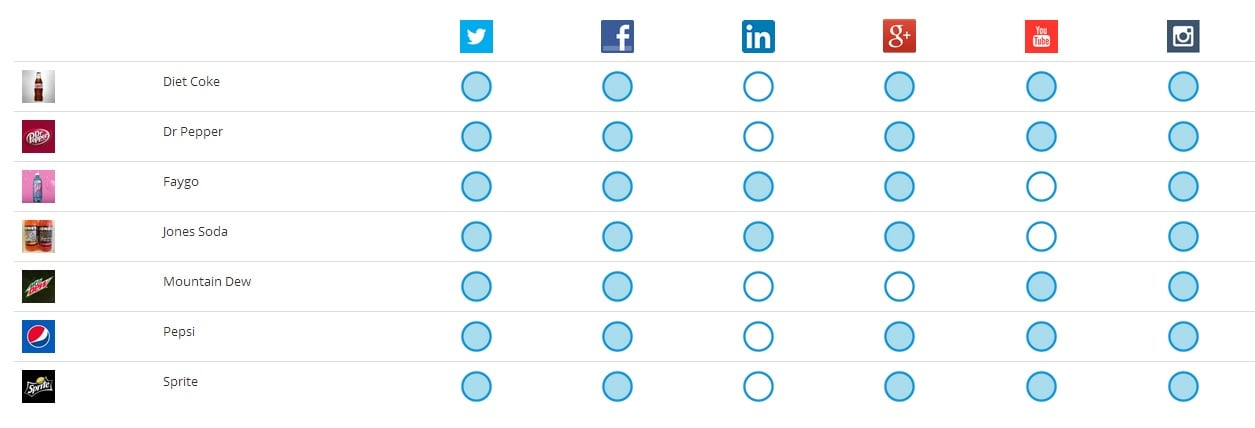
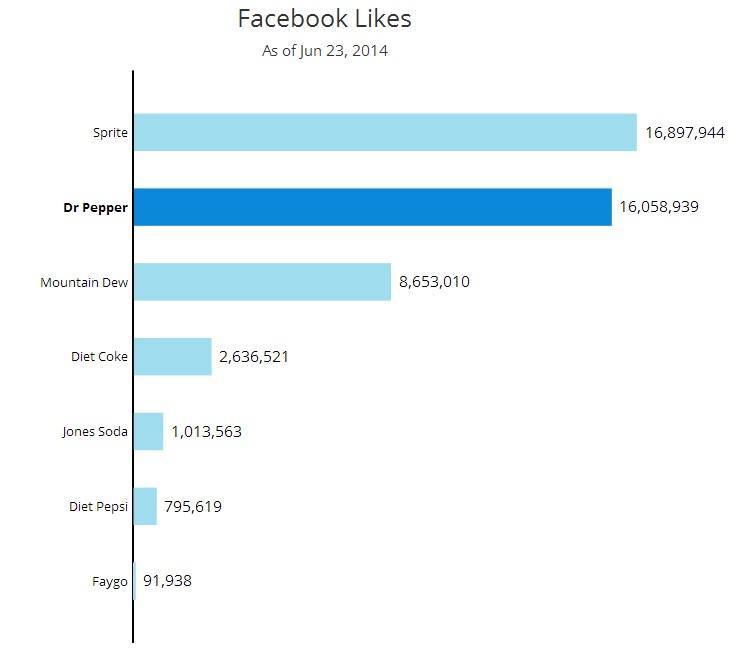
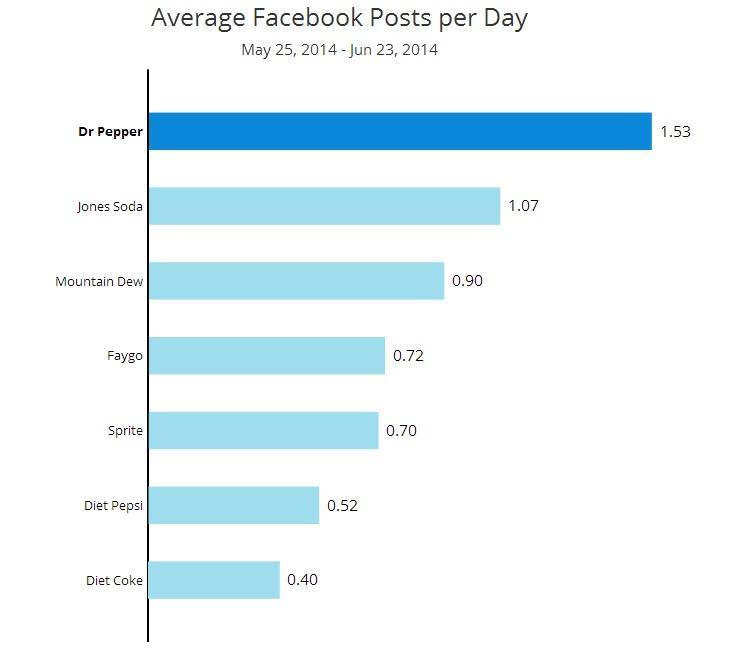
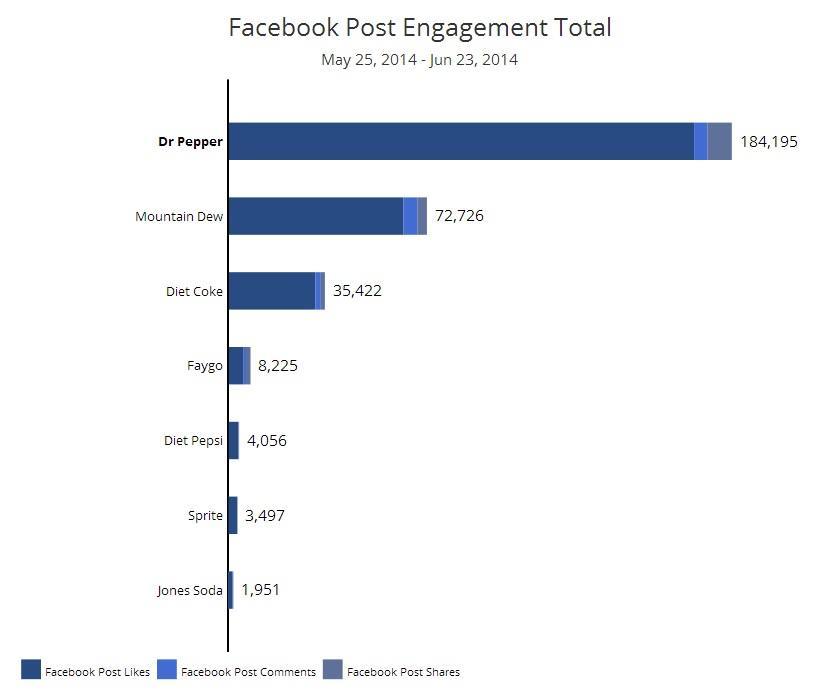
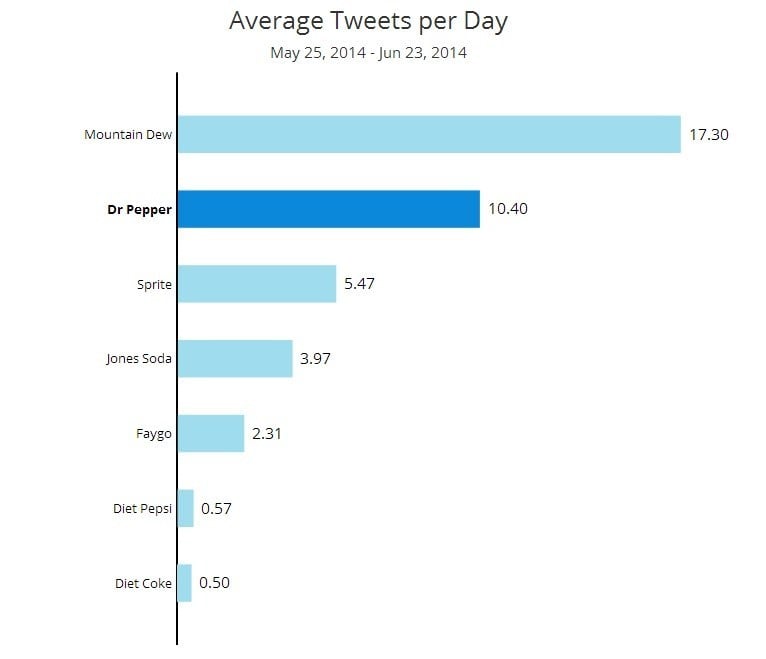



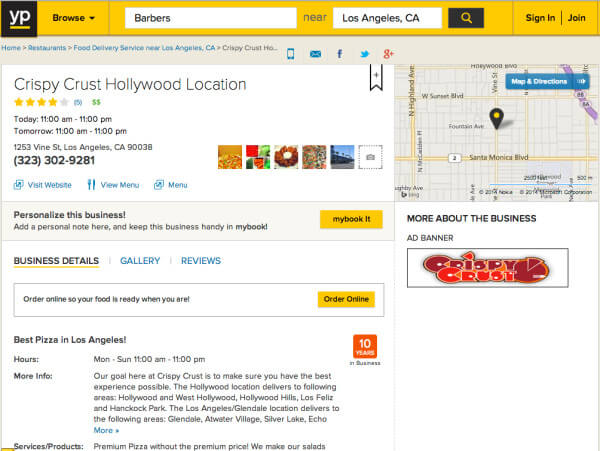
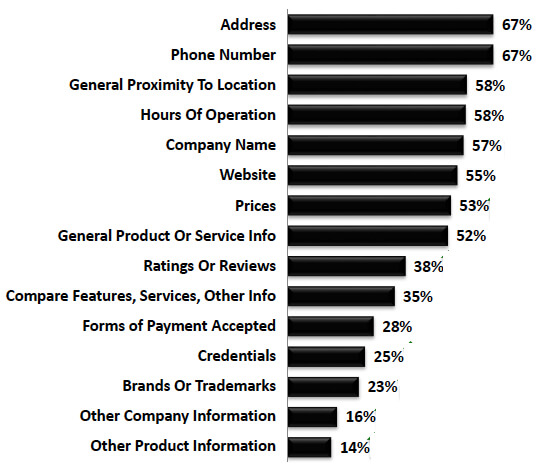
 When building a great business website, keep in mind that many potential customers won’t see your work if they can’t find it. Optimizing your website for search should go hand-in-hand with building an effective website.
When building a great business website, keep in mind that many potential customers won’t see your work if they can’t find it. Optimizing your website for search should go hand-in-hand with building an effective website. One of the biggest missteps your business can make is not optimizing its website for mobile. Local mobile searches are not only on the rise –
One of the biggest missteps your business can make is not optimizing its website for mobile. Local mobile searches are not only on the rise –  Online reviews are playing an increasingly critical role in driving consumers’ purchasing decisions. The
Online reviews are playing an increasingly critical role in driving consumers’ purchasing decisions. The 




 Innocent Drinks are another of my personal favourites. The business entered a hugely competitive marketplace in which everyone said they would fail. The result was quite the opposite, and that was primarily due to the story that they had intertwined with their products.
Innocent Drinks are another of my personal favourites. The business entered a hugely competitive marketplace in which everyone said they would fail. The result was quite the opposite, and that was primarily due to the story that they had intertwined with their products.
